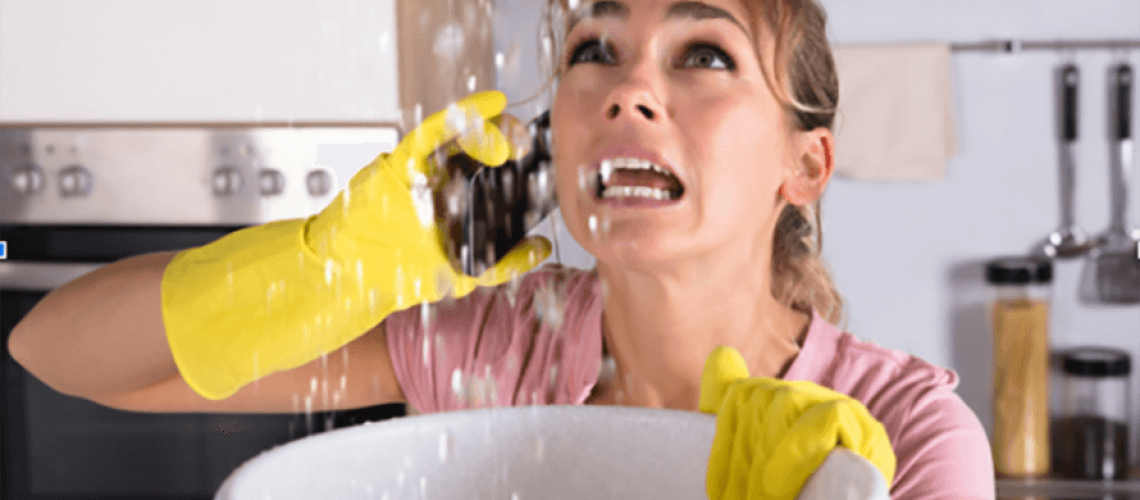6 Ways to Locate Concealed Water Leakages in Your Home
6 Ways to Locate Concealed Water Leakages in Your Home
Blog Article
Are you on the lookout for additional info on Hacks to detect leaks?

Early detection of dripping water lines can reduce a possible disaster. Some little water leaks might not be noticeable.
1. Examine the Water Meter
Every house has a water meter. Examining it is a proven manner in which aids you find leaks. For beginners, switch off all the water sources. Ensure no one will purge, utilize the faucet, shower, run the washing maker or dish washer. From there, go to the meter as well as watch if it will certainly alter. Considering that no one is utilizing it, there must be no activities. That suggests a fast-moving leakage if it moves. Similarly, if you spot no changes, wait a hr or more as well as check back once more. This means you might have a sluggish leakage that could also be below ground.
2. Check Water Intake
If you detect sudden changes, despite your intake being the exact same, it suggests that you have leaks in your plumbing system. An unexpected spike in your costs indicates a fast-moving leak.
A constant increase every month, even with the exact same behaviors, reveals you have a slow leak that's also slowly intensifying. Call a plumber to completely inspect your home, particularly if you really feel a cozy location on your flooring with piping beneath.
3. Do a Food Coloring Test
When it comes to water intake, 30% comes from commodes. If the shade somehow infiltrates your bowl during that time without flushing, there's a leakage in between the storage tank as well as bowl.
4. Asses Outside Lines
Do not fail to remember to examine your outside water lines as well. Needs to water leak out of the connection, you have a loosened rubber gasket. One tiny leak can throw away heaps of water and also surge your water expense.
5. Assess the scenario and also evaluate
Homeowners need to make it a habit to inspect under the sink counters as well as even inside cabinets for any kind of bad odor or mold growth. These 2 red flags indicate a leakage so timely attention is required. Doing routine inspections, also bi-annually, can save you from a significant issue.
Much more importantly, if you recognize your home is currently old, keep a watchful eye on your heating systems, hoses, pipelines etc. Look for stainings and deteriorating as most pipes as well as home appliances have a life expectancy. They will likewise naturally weaken as a result of damage. If you presume dripping water lines in your plumbing system, do not wait for it to escalate. Call a professional plumber as soon as possible so you do not end up with a horrible mess in your house.
Early discovery of leaking water lines can reduce a prospective calamity. Some tiny water leakages might not be noticeable. Inspecting it is a proven means that assists you find leaks. One little leakage can squander bunches of water and spike your water bill.
If you suspect leaking water lines in your plumbing system, do not wait for it to escalate.
WARNING SIGNS OF WATER LEAKAGE BEHIND THE WALL
PERSISTENT MUSTY ODORS
As water slowly drips from a leaky pipe inside the wall, flooring and sheetrock stay damp and develop an odor similar to wet cardboard. It generates a musty smell that can help you find hidden leaks.
MOLD IN UNUSUAL AREAS
Mold usually grows in wet areas like kitchens, baths and laundry rooms. If you spot the stuff on walls or baseboards in other rooms of the house, it’s a good indicator of undetected water leaks.
STAINS THAT GROW
When mold thrives around a leaky pipe, it sometimes takes hold on the inside surface of the affected wall. A growing stain on otherwise clean sheetrock is often your sign of a hidden plumbing problem.
PEELING OR BUBBLING WALLPAPER / PAINT
This clue is easy to miss in rooms that don’t get much use. When you see wallpaper separating along seams or paint bubbling or flaking off the wall, blame sheetrock that stays wet because of an undetected leak.
BUCKLED CEILINGS AND STAINED FLOORS
If ceilings or floors in bathrooms, kitchens or laundry areas develop structural problems, don’t rule out constant damp inside the walls. Wet sheetrock can affect adjacent framing, flooring and ceilings.
https://www.servicemasterbyzaba.com/blog/how-to-detect-water-leakage-in-walls/

We had been shown that report on Finding hidden leaks through an acquaintance on another domain. Are you aware of anybody else who is fascinated by the subject? Why not share it. We appreciate reading our article about Finding hidden leaks.
Report this page